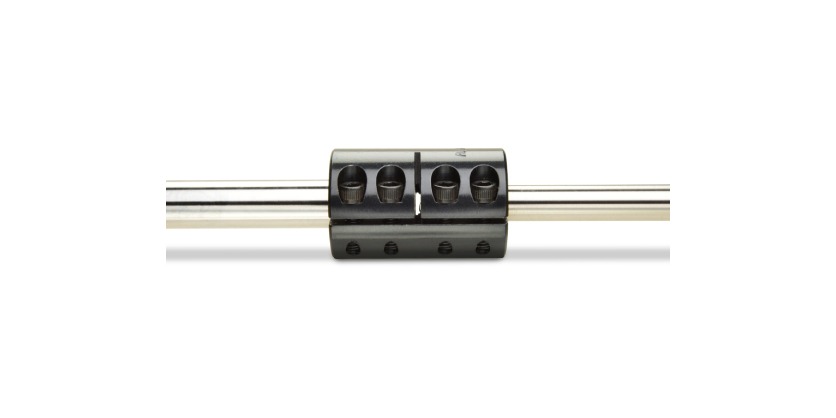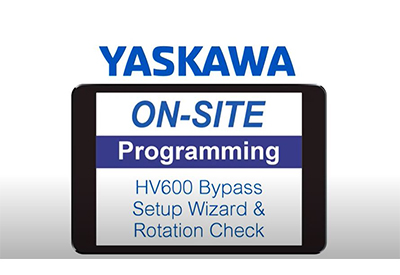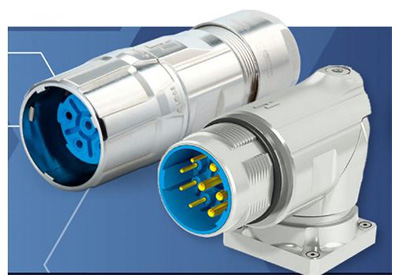New from Ruland: Inch-to-Metric Rigid Couplings
March 7, 2024

Ruland Manufacturing’s new standard inch-to-metric rigid couplings give users a wider range of off-the-shelf couplings
Ruland Manufacturing now offers rigid couplings with inch-to-metric bores as a standard product, giving users a wider range of off-the-shelf couplings. This expansion is the latest addition to the company’s inch-to-metric, standard coupling product line that includes seven types of motion-control couplings and universal joints. Instead of re-machining or ordering custom-made couplings, using off-the-shelf, inch-to-metric rigid couplings save time and money.
Ruland rigid couplings often are used to connect motors or gearboxes to ball screw or lead screw linear actuators. Many designers prefer them because they have higher accuracy and can transmit significantly more torque than equivalently sized flexible couplings. One-piece style couplings allow for a simpler installation, while the two-piece style has a balanced design for smoother operation at speeds up to 4000 rpm. Ruland supplies clamp-style couplings with premium hardware that test beyond ISO strength class 12.9 standards. They also have Ruland’s proprietary Nypatch anti-vibration coating to maintain holding power and torque capabilities in most industrial operating environments.
“Ruland is well known in the flexible coupling world for having the widest range of standard bore sizes, including inch-metric options,” says Bill Hewitson, President of Ruland Manufacturing. “Expanding our rigid coupling line to incorporate these inch-metric combinations gives engineers designing with Ruland products more flexibility to use the coupling that best fits their application, be it a rigid or flexible type.”
Ruland manufactures couplings from meticulously selected North American bar stock in 2024 aluminum for lightweight and low inertia, 1215 lead-free steel for the highest torque capacity, and 303 stainless steel for corrosion resistance. Rigid couplings are made in Ruland’s ISO 9001:2015 certified manufacturing facility in Marlborough, Massachusetts, under strict quality controls using proprietary processes. The couplings are RoHS3, REACH, and Conflict Minerals compliant.
Summary:
- Ruland Manufacturing’s new standard inch-to-metric rigid couplings give users a wider range of off-the-shelf couplings
- The standard product line includes seven types of inch-to-metric motion-control couplings and universal joints
- With inch-to-metric couplings, designers have more flexibility in using the coupling that best fits their application
- Customers can save time and money by using off-the-shelf couplings
- Ruland’s rigid couplings do not introduce misalignment or vibration into the system, making them suitable for high precision servo applications and shaft-to-shaft connections
- Ruland is the only manufacturer with precision-honed bores on straight bore rigid couplings for superior fit, torque transmission, and alignment
About Ruland:
Ruland Manufacturing Co., Inc. is a privately owned family company founded in 1937. Ruland has carefully and responsibly manufactured high performing shaft collars, rigid couplings, and motion control couplings for the past 40 years. Ruland’s product line was recently expanded to include a variety of machine components from select manufacturers that align with Ruland’s performance and quality standards.






